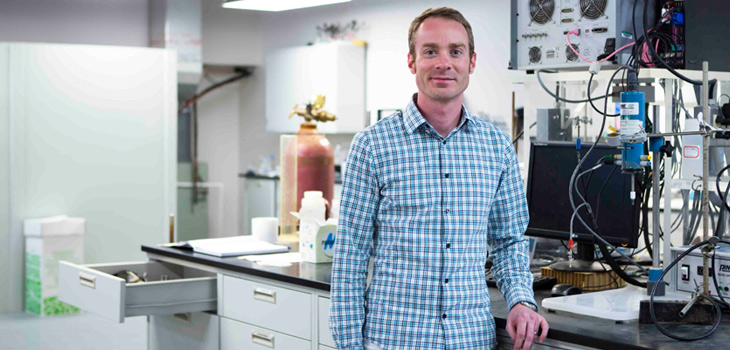
John Staser, professor of chemical engineering at Ohio University
Image: Ohio University
ECS member and Ohio University professor, John Staser, was recently granted $1.5M from the U.S. Department of Energy for biofuels research. Staser and his team will work to develop technology to make biorefineries more efficient and profitable, thereby reducing the cost of environmentally friendly biofuels.
Biofuels are combustible fuels created from biomass. Currently, they are the only viable replacement to petroleum transportation fuels because they can be used in existing combustion engines. Biofuels are typically produced from food crops (sugar cane, corn, soybean, etc.) or materials such as wood, grass, or inedible parts of plants. Ethanol and biodiesel are prominent forms of biofuels that offer an alternative to such transportation fuels as petroleum and jet fuel.
Staser will lead an interdisciplinary team to develop ways to process a class of complex organic polymers known as lignin, which is one of the many waste products produced in the biorefining process.
“It’s not really competitive with gasoline, especially if oil is $40 a barrel,” Staser says. “Before this biofuel becomes feasible, we have to find a way to reduce the manufacturing cost. One way to do this is to come up with a secondary revenue stream for the refinery. So, if biorefineries could waste lignin to do so, biofuel would become a more financially feasible option.”


 Check out the PRiME 2016 award winners for best paper, best poster, and best presentation.
Check out the PRiME 2016 award winners for best paper, best poster, and best presentation.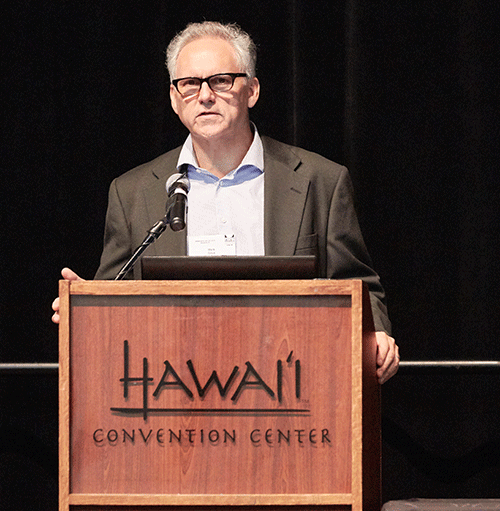
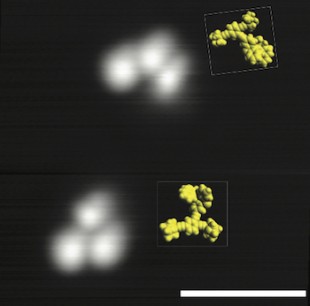
 Earlier this fall, the nonpartisan nonprofit
Earlier this fall, the nonpartisan nonprofit 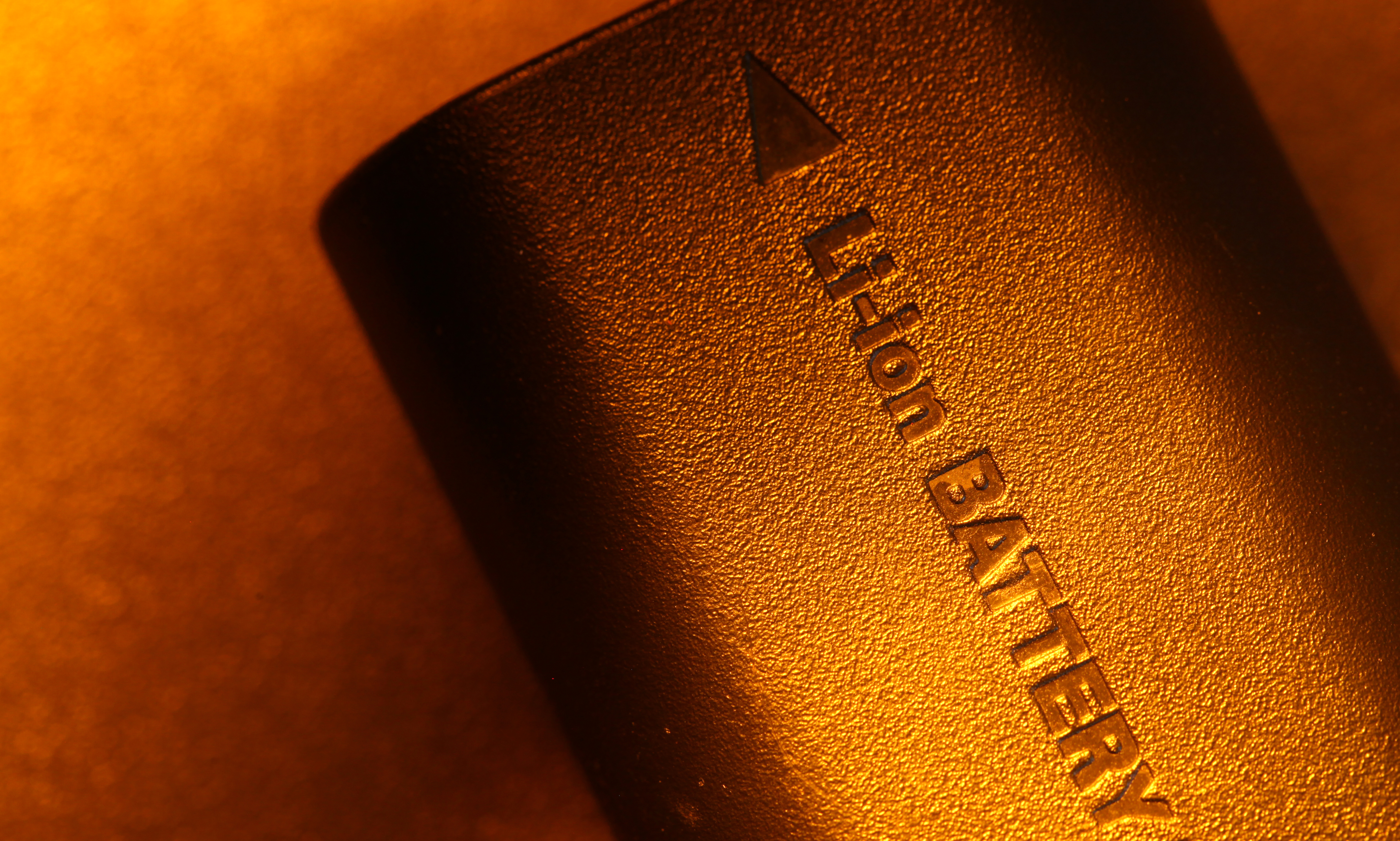
 Researchers are shedding new light on cell biology with the development of a graphene sensor to monitor changes in the mitochondria.
Researchers are shedding new light on cell biology with the development of a graphene sensor to monitor changes in the mitochondria.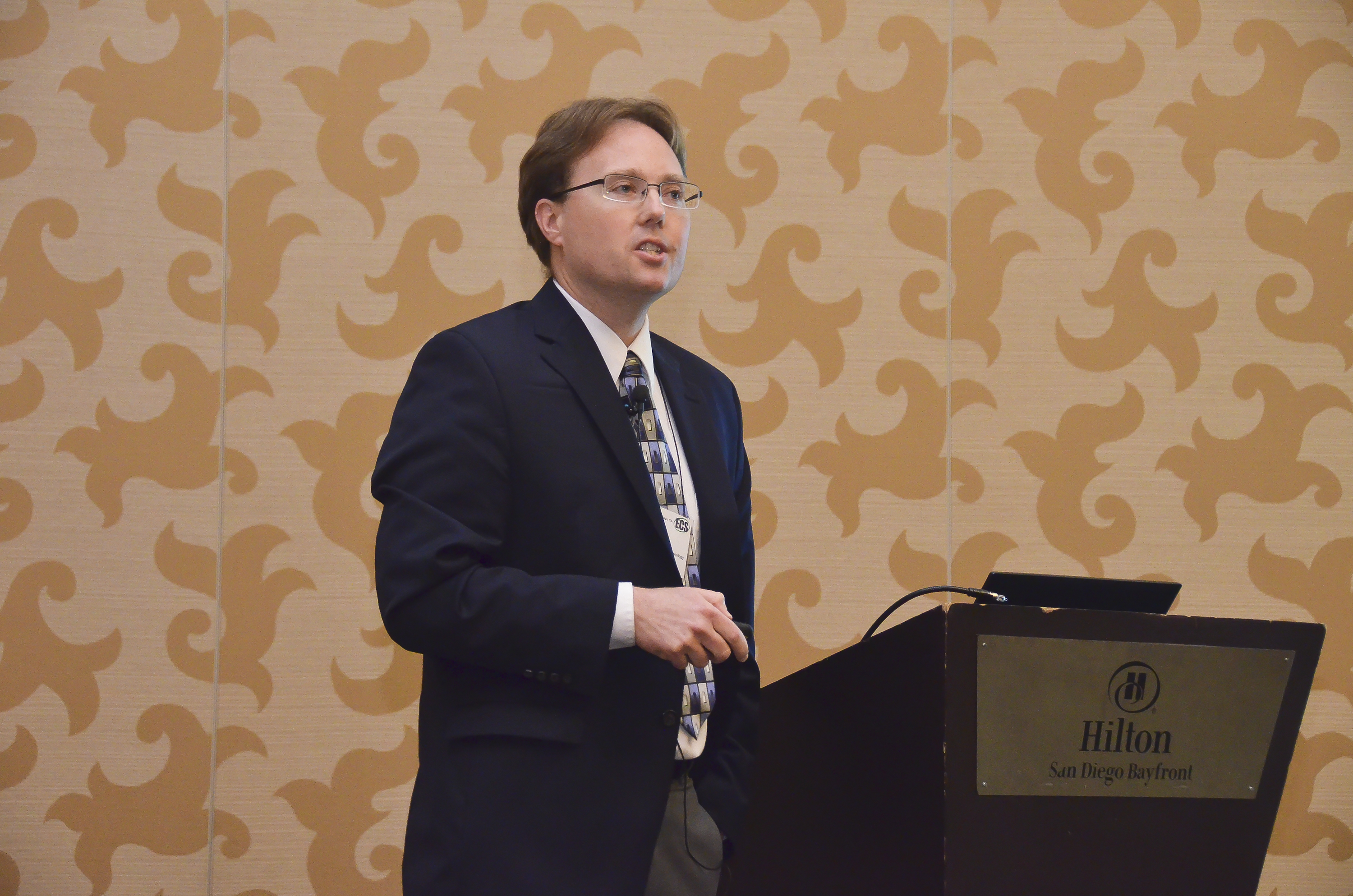 Topic Close-up #8
Topic Close-up #8